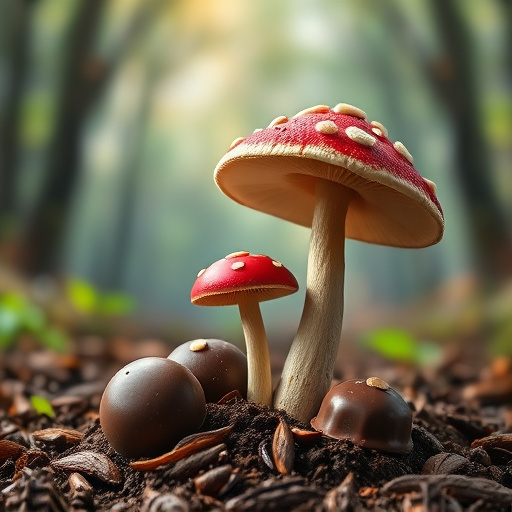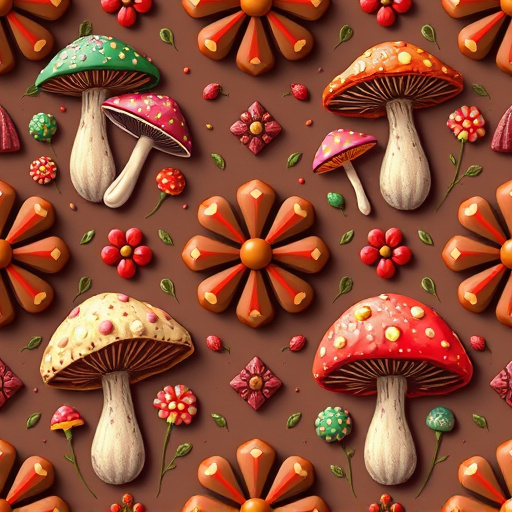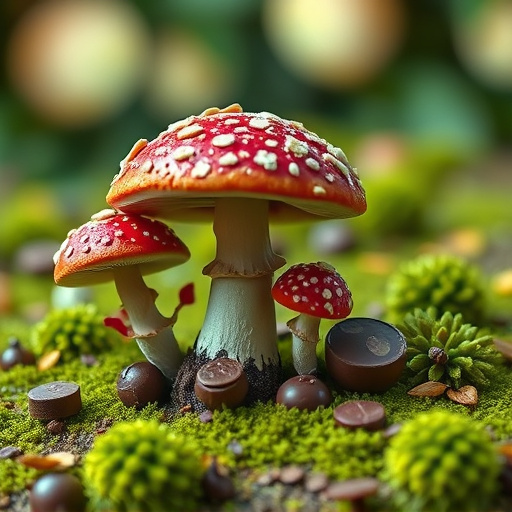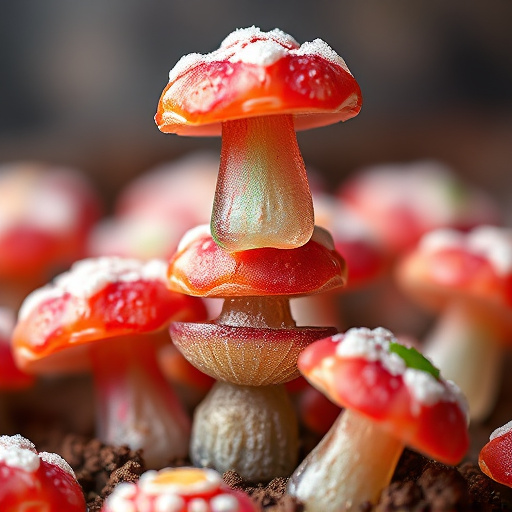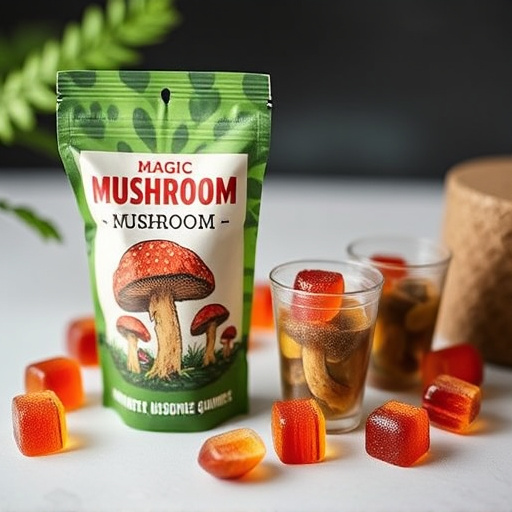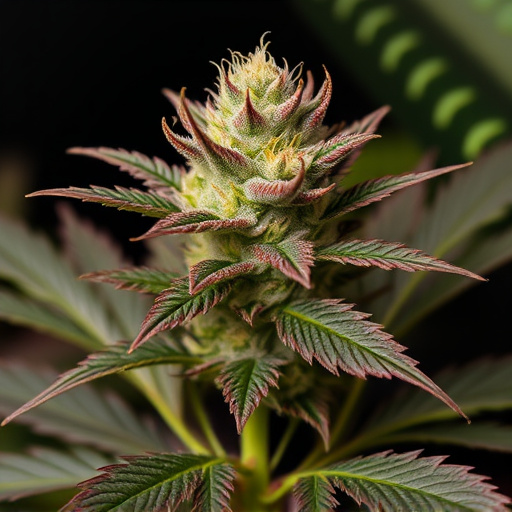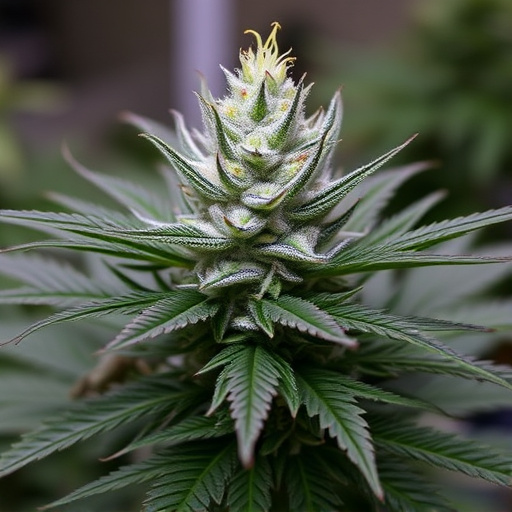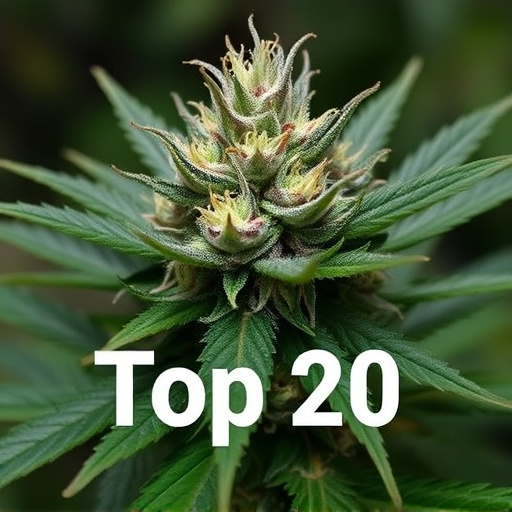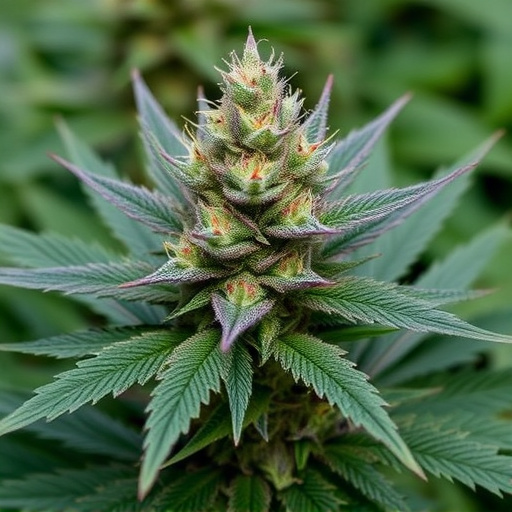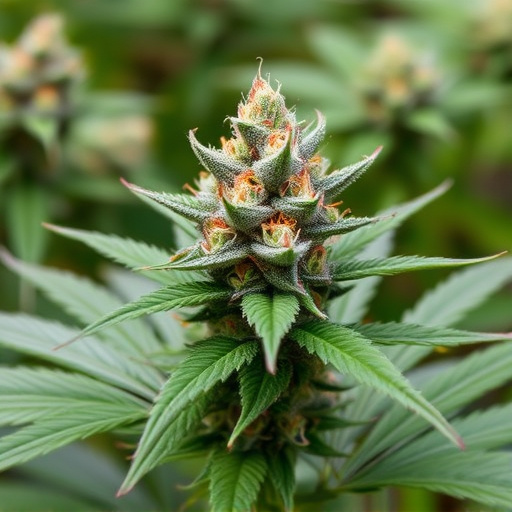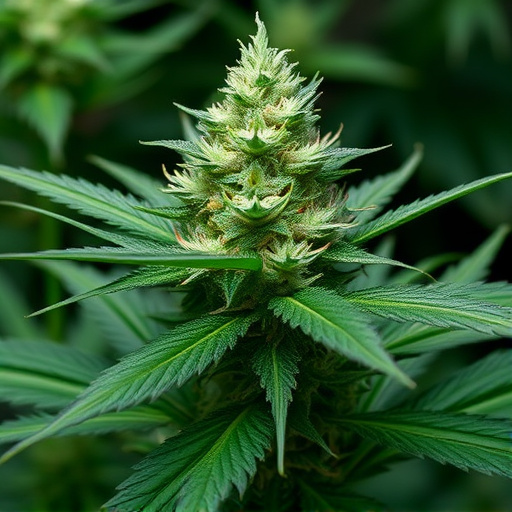The cultivation environment—indoor vs. outdoor—drastically influences the characteristics of top 20 cannabis strains, with each method offering unique advantages. Indoor farming provides control over temperature, humidity, lighting, and soil, enabling precise manipulation for consistent results, denser flowers, higher THC levels, and accelerated growth. Outdoor cultivation leverages natural sunlight, air, and environmental diversity, resulting in robust plants with larger flowers but inconsistent outcomes due to weather changes. This disparity significantly impacts cannabinoid profiles and terpene expressions, shaping the quality, aroma, and flavor of cannabis flowers from the same strain.
“Uncover the captivating differences between indoor and outdoor-grown cannabis flowers in this comprehensive guide. From growing conditions to cannabinoid profiles, we explore how environmental factors shape the final product. Discover the unique characteristics of the top 20 cannabis strains and their ideal growth habitats. Learn about light, temperature, humidity, and CO2’s role in cultivation, and understand how these variables impact yield, aroma, flavor, and effects. Dive into this insightful exploration to make informed choices among indoor and outdoor cannabis varieties.”
- Growing Conditions and Environmental Factors
- – Differences in indoor vs outdoor growing environments
- – Impact of light, temperature, humidity, and CO2 levels
Growing Conditions and Environmental Factors
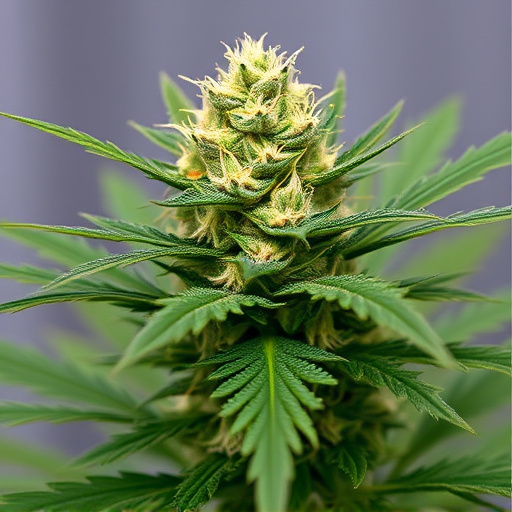
The cultivation environment plays a pivotal role in differentiating indoor and outdoor-grown cannabis flowers, shaping their unique characteristics. Indoor growing involves controlled conditions within a dedicated space, allowing cultivators to meticulously regulate factors like temperature, humidity, lighting, and soil composition. This precision farming enables the selection of specific top 20 cannabis strains that thrive in these settings, often leading to faster flowering times and enhanced yield potential.
Conversely, outdoor cultivation relies on natural environmental factors, offering a more organic growing experience. Cannabis plants grown outdoors are exposed to varying weather conditions, including sunlight intensity, temperature fluctuations, and moisture levels. These variables can significantly impact the plant’s growth trajectory, leading to distinct cannabinoid profiles and terpene expressions compared to their indoor-grown counterparts from the top 20 cannabis strains.
– Differences in indoor vs outdoor growing environments
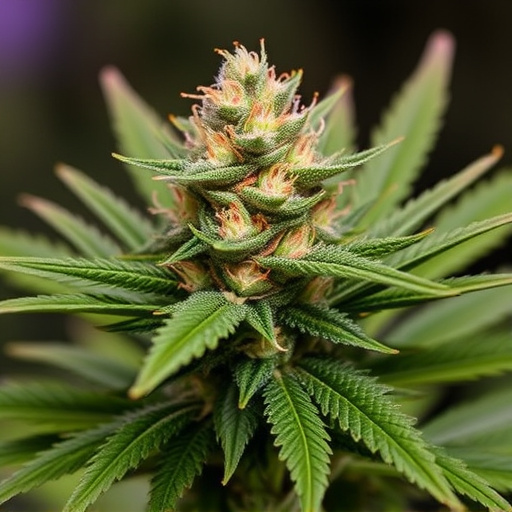
The contrast between indoor and outdoor cannabis cultivation environments couldn’t be more stark, each offering unique advantages and shaping distinct characteristics in the final product. Outdoor cultivation allows plants to interact naturally with their surroundings, receiving unfiltered sunlight, fresh air, and a diverse range of environmental stimuli. This natural approach fosters robust, resilient plants that often produce larger flowers. However, outdoor growing is at the mercy of weather conditions, making it inconsistent and potentially leading to challenges like pest infestations or adverse climatic events.
In contrast, indoor cultivation provides controlled, sterile environments where growers can meticulously adjust lighting, temperature, humidity, and nutrition levels. This precision farming results in consistent yields with precise cannabinoid profiles. Indoor-grown cannabis tends to have denser, more compact flowers due to optimal conditions and often exhibits higher THC levels compared to outdoor strains. While offering consistency, indoor cultivation requires significant investment in equipment and expertise to replicate the natural environment’s complexity, making it a preferred choice for cultivators targeting specific top 20 cannabis strains known for their potent profiles.
– Impact of light, temperature, humidity, and CO2 levels

The cultivation environment plays a pivotal role in differentiating indoor and outdoor-grown cannabis flowers, impacting their aroma, flavor, and overall quality. For indoor growers, controlling light intensity, temperature, humidity, and CO2 levels becomes paramount. Artificial lighting, such as LED or HPS lamps, allows for precise control over photoperiods, enabling farmers to manipulate the plant’s growth stages. This precision fosters the development of specific cannabinoid profiles, making it easier to cultivate hybrid strains from the top 20 cannabis strains.
In contrast, outdoor cultivation relies on natural light, temperature variations, and local humidity levels. While this approach offers a more organic growing experience, it is less predictable. Outdoor conditions can lead to faster flowering times during certain seasons but may also expose plants to unpredictable weather changes, pest issues, and varying nutrient availability in the soil. As such, outdoor-grown cannabis may exhibit diverse characteristics compared to its indoor-cultivated counterparts from the same strain, contributing to a unique set of aromas and effects.
In conclusion, understanding the distinction between indoor and outdoor cannabis cultivation is key for growers looking to nurture the best plants. Environmental factors like light, temperature, humidity, and CO2 levels significantly influence cannabinoid production and terpene profiles. By optimizing these conditions, whether in a controlled indoor setting or an open-air outdoor environment, cultivators can unlock the full potential of the top 20 cannabis strains, ensuring high-quality, consistent results that cater to diverse consumer preferences.
